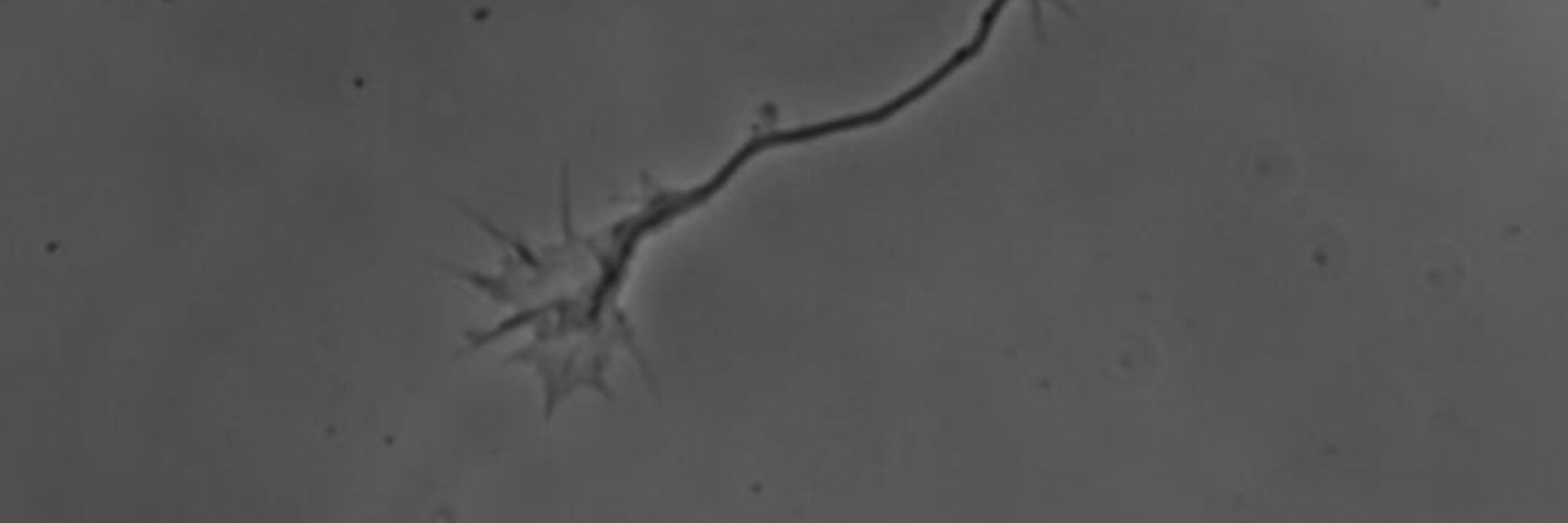
Find me here:
www.instagram.com/rockatscient...
www.facebook.com/rockatscient...
www.youtube.com/c/DrLilaLand...
www.linkedin.com/in/lilalando...
www.tiktok.com/@rockatscien...
I’m happy for you to respost this and/or it in teaching, just credit me/tag me (Dr Lila Landowski @rockatscientist)
Copyright details (linked below, see the youtube video description):
youtube.com/shorts/Rvmvt...
14/n

I’m happy for you to respost this and/or it in teaching, just credit me/tag me (Dr Lila Landowski @rockatscientist)
Copyright details (linked below, see the youtube video description):
youtube.com/shorts/Rvmvt...
14/n
What looks like a single neuron is actually a tight bundle of neurons snuggled up together, so closely, they move as one.
13/n
What looks like a single neuron is actually a tight bundle of neurons snuggled up together, so closely, they move as one.
13/n
Brains build themselves with exquisite precision, one tiny handshake at a time.
Who knew microscopic growth cones could make us feel things?
12/n

Brains build themselves with exquisite precision, one tiny handshake at a time.
Who knew microscopic growth cones could make us feel things?
12/n
I actually recorded this nearly 15 years ago in the lab.
Vintage neuro-content!
11/n
I actually recorded this nearly 15 years ago in the lab.
Vintage neuro-content!
11/n
I was about to toss out this dish of neurons.
Then I glanced in the microscope, saw something interesting starting to unfold, and hit “record." I had to pre-set the recording time (20 mins), so thats why it ended so abruptly.
10/n
I was about to toss out this dish of neurons.
Then I glanced in the microscope, saw something interesting starting to unfold, and hit “record." I had to pre-set the recording time (20 mins), so thats why it ended so abruptly.
10/n
They are way smaller than a growth cone.
Check out this cool video of dendritic spines (one side of the synaptic "kiss") by Dr Daniel Bligh
9/n
They are way smaller than a growth cone.
Check out this cool video of dendritic spines (one side of the synaptic "kiss") by Dr Daniel Bligh
9/n
“Is this what happens when we learn something?”
Sadly, no.
Growth cones build the original wiring.
But learning happens via a totally different mechanism: synapses.
8/n
“Is this what happens when we learn something?”
Sadly, no.
Growth cones build the original wiring.
But learning happens via a totally different mechanism: synapses.
8/n
The video cuts off right before they fully come together.
But that shadowy, wavering line at the bottom right?
That’s a buch of neurons that have already connected in a petri dish
7/n
The video cuts off right before they fully come together.
But that shadowy, wavering line at the bottom right?
That’s a buch of neurons that have already connected in a petri dish
7/n
Growth cones also make a comeback after injuries, like spinal cord damage, but they’re… not great at it.
Often, they fail to reconnect.
Which is part of why recovery from spinal or brain injuries can be so hard.
6/n
Growth cones also make a comeback after injuries, like spinal cord damage, but they’re… not great at it.
Often, they fail to reconnect.
Which is part of why recovery from spinal or brain injuries can be so hard.
6/n
The wiring is incredibly precise.
Imagine 86 billion wires, each with a purpose. A motor neuron won’t accidentally plug into a sensory receptor in your taste buds
5/n
The wiring is incredibly precise.
Imagine 86 billion wires, each with a purpose. A motor neuron won’t accidentally plug into a sensory receptor in your taste buds
5/n
4/n
4/n
And the spidery fingers? Those are called filopodia, constantly reaching, touching, testing their surroundings
3/n
And the spidery fingers? Those are called filopodia, constantly reaching, touching, testing their surroundings
3/n
But how do neurons know who to connect with in a brain of 86 billion other neurons, and navigate through a body to connect the body to the brain in exactly the right way?
2/n
But how do neurons know who to connect with in a brain of 86 billion other neurons, and navigate through a body to connect the body to the brain in exactly the right way?
2/n

